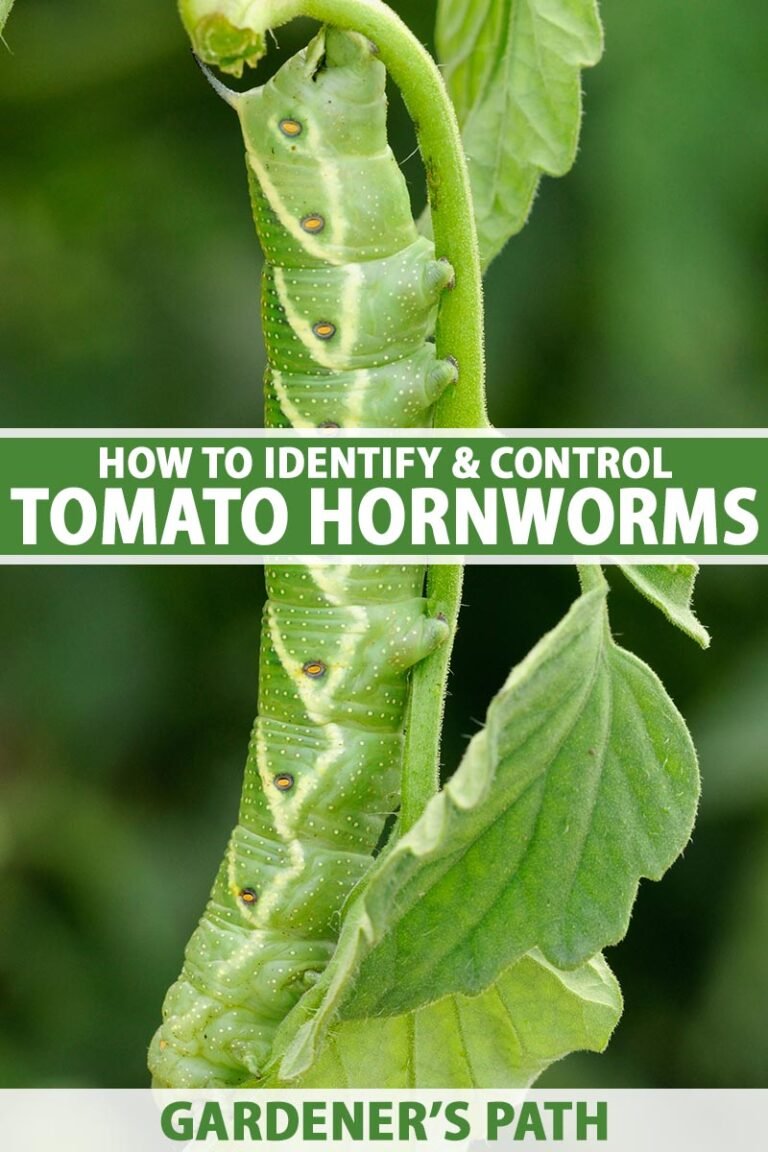
Think of a garden journal as your personal garden assistant—always ready to help you track growth, pest activity, and plant health. Just like how a parent keeps a calendar to remember important events for their kids, you can log details about hornworms to catch infestations early. The beauty of a garden journal is that it allows you to reflect on patterns over time. You’ll notice trends, like when hornworms typically appear, which will help you stay one step ahead.
Why Use a Garden Journal for Monitoring Hornworms?
Using a garden journal isn’t just a fancy way to keep notes; it’s an essential tool for any gardener who wants to stay organized and proactive. When you jot down details about your plants and pests, you’re forming a clear picture of your garden’s ecosystem. This can help you identify patterns in hornworm activity.
For instance, if you note that hornworms tend to show up around the same time every year, you can prepare for them in advance. Maybe you plan to check your tomato plants more frequently, or even set up traps. A garden journal helps you learn from your past mistakes so you can prevent future infestations. Think of it as a roadmap to better gardening.
Another big plus of a garden journal is the ability to share insights with fellow gardeners or refer back to your findings next season. You might spot trends that others hadn’t noticed, making your contributions valuable. So, not only do you improve your garden, but you also enrich your gardening community.
What to Record in Your Garden Journal
So, what exactly should you record about hornworms? It’s really about the details that give you the full picture of what’s happening in your garden. Here’s a solid starting point for your entries:
- Date: Note when you first spot hornworms.
- Location: Specify where in your garden you found them.
- Impact: Describe how much damage they’ve done to your plants.
- Weather Conditions: Record any relevant weather info, like if it’s been particularly wet or dry.
When you get into the habit of logging this kind of information, you create a baseline for your garden’s health. This means, over time, you can establish an average for when hornworm activity spikes. You might be wondering if it’s all worth the trouble. Honestly, seeing how different factors affect pest activity can be eye-opening and lead to better gardening practices.
How to Monitor Hornworms Effectively
Monitoring hornworms goes beyond just recording when you see them. Once they show up, there are a few techniques you can use to keep tabs on their activity. One effective method is a visual inspection of your plants, especially on the undersides of leaves where these sneaky caterpillars like to hide.
Set a routine for your inspections. Maybe you decide to check your garden every Sunday morning. Along with your journal, carry a small container to collect any hornworms you find. By regularly inspecting your plants and documenting your findings, you create a loop of feedback that keeps your gardening strategies sharp.
As you check for hornworms, look for signs of their presence. Frass, or caterpillar poop, can be a giveaway. If you see it, you can be pretty sure a hornworm is nearby. Record where you find frass in your journal. All these details paint a clear picture of hornworm habits and behaviors.
Using Your Journal to Develop a Control Plan
Once you’ve gathered enough data about hornworms, you can create a control plan based on what you’ve observed. For example, if you notice a spike in hornworm activity during the middle of summer, you might decide to apply natural pest control methods, like introducing beneficial insects or using organic sprays.
Your garden journal will be a handy reference point for this plan. You can note which methods worked well in the past and which didn’t seem to help much. Over time, you can tweak your strategies based on what your journal tells you. This knowledge allows you to become a more informed gardener, prepared for future challenges.
Let’s say you’ve had success with adding ladybugs to your garden. You’d want to jot that down, making a note of what conditions seemed to favor their presence. This way, you can replicate those conditions or share tips with friends who might struggle with hornworms.
Comparing Different Pest Control Methods
As you gather information, you might also find yourself experimenting with different pest control methods. Perhaps you’ve tried a commercial insecticide, a homemade soap solution, or even beneficial nematodes. Record your results for each method in your journal to compare their effectiveness.
For example, after using an organic method, you could write down not just whether it worked but also how it impacted beneficial insects. Maybe the soap solution worked well, but it also harmed your ladybug friends. This kind of detailed note-taking will help you make informed decisions about future pest management practices.
Monitoring hornworms isn’t just about dealing with the current problem; it’s about building a sustainable, eco-friendly approach to gardening. By keeping a close eye on your methods, you can grow healthier plants in the long run.
The Joy of Reflecting on Your Garden Journey
One of the best parts of maintaining a garden journal is the chance to reflect on your progress over time. All those entries add up to a rich tapestry of your gardening experiences, revealing patterns you might not have noticed otherwise.
You might find it fun to look back at the first time you spotted a hornworm and see how far you’ve come in combating them. Maybe the first year, you lost half your tomatoes, but now you have strategies that keep damage to a minimum. Each entry is not just a record of pests, but a snapshot of your growth as a gardener.
Plus, if you ever decide to expand your garden or try new plants, you’ll have a treasure trove of information at your fingertips. That garden journal becomes more than just a notebook; it turns into a guide, helping you avoid pitfalls and celebrate successes in your gardening journey.
In conclusion, monitoring hornworms with a garden journal is a nifty way to stay ahead of the game. By tracking important details, adapting your control strategies, and reflecting on your experiences, you’ll build a healthier, more resilient garden. So grab a notebook, start jotting down your observations, and watch as your gardening skills blossom right along with your plants. Happy gardening!

